The digital advertising ecosystem is undergoing its most significant transformation in decades. What was once a clear separation between advertising technology (AdTech) and marketing technology (MarTech) is rapidly dissolving, creating a unified, data-driven landscape that's fundamentally reshaping how advertisers, agencies, and publishers operate. Thank you to the IAB New Zealand Emerging Technology Council for creating this resource that's also available to listen to as an AI generated podcast.
The Foundation: Why AdTech and MarTech Are Merging
For years, the division of labour was clear. MarTech platforms like Salesforce and Adobe managed owned channels - email campaigns, CRM systems, websites. Meanwhile, AdTech focused on paid media execution across display networks, video platforms, and social channels, powered by programmatic buying and third-party data.
But the digital landscape has shifted dramatically. Apple's iOS changes, the deprecation of third-party cookies, and privacy laws like GDPR have fundamentally altered the data equation. AdTech platforms, once reliant on third-party signals, now desperately need the first-party data capabilities that MarTech has always delivered.
The result is a race toward convergence. Adobe Experience Cloud now offers programmatic buying alongside campaign management. Salesforce Marketing Cloud provides media planning tools. On the AdTech side, The Trade Desk has integrated customer data platform capabilities, while LiveRamp has evolved into a comprehensive identity and activation platform. Amazon Web Services represents perhaps the clearest example, combining clean room infrastructure, cloud computing power, and AdTech capabilities to deliver a unified solution.
Several powerful forces are driving this merger:
- Access to Advertising Spend: The AdTech market is worth approximately $719 billion (USD) globally, dwarfing the $465-493 (USD) billion MarTech sector. For MarTech vendors, expanding into AdTech offers direct access to media budgets that are much larger than marketing technology investments.
- Customer Demand for Unified Solutions: The average enterprise uses dozens of marketing tools, creating operational complexity. There's enormous demand for platforms that can manage customer data and activate paid media from a single interface.
- The First-Party Data Advantage: MarTech platforms have spent decades perfecting identity resolution and personalisation exactly what's needed to succeed in a privacy-first advertising environment.
Advertisers Take Control: The Great In-Housing Movement
Advertisers aren't passive observers in this transformation, they're driving it. Faced with fragmented customer data and black-box algorithms from walled gardens, brands are taking control over their technology stacks and media operations.
Modern brands are rebuilding from the ground up with unified customer data platforms at the centre. This transformation extends beyond marketing technology, forcing collaboration between historically separate departments: marketing, data engineering, IT, and media.
When a customer visits a website, downloads content, receives an email, and sees a display ad, that journey should be tracked and optimized as a single experience. This requires technology architecture that traditional agency models simply couldn't deliver.
As a result, more advertisers are bringing their media in-house. According to the In-House Agency Council, 71% of New Zealand brands and 78% of Australian brands now operate some form of in-house agency capability. This is mirrored in markets such as the United States where in-house agencies grew from 58% in 2013 to 82% in 2023, driven by creative and platform strategy.
Brands want faster decision-making, greater data control, and more transparent media performance. Most importantly, they recognize that their first-party data is their most valuable competitive asset, and they want to control how it's used. But in-housing isn't without challenges. Talent acquisition, workflow management, and keeping pace with technology innovation require constant investment. The result is often a hybrid model where internal capabilities are balanced with external expertise.
This shift has fundamentally changed how brands approach media planning. Rather than starting with channels and tactics, they're beginning with customer data and building outward. A typical planning process now starts with customer segmentation based on first-party data, which is then activated across paid channels using the brand's own technology stack.
Agency Evolution: From Buyers to Strategic Partners
As advertisers take control of their data and technology, agencies are evolving from media buyers into technology consultants, data strategists, and innovation partners.
Modern agency relationships look dramatically different from traditional media buying arrangements. Instead of just managing campaigns, agencies are helping brands integrate technology stacks, develop data strategies, and navigate privacy compliance frameworks.
This shift has driven holding company investment in proprietary technology infrastructure:
- Publicis Groupe acquired Lotame and Epsilon, creating an end-to-end AdTech stack. The company has invested over $3 billion (USD) in technology acquisitions, putting data and AI at the heart of the organisation's media capability.
- WPP purchased InfoSum for privacy-safe data collaboration through clean room technology, while also developing its own planning and buying platforms.
- IPG invested in Intelligence Node and took strategic stakes in Mediaocean alongside WPP and Omnicom, building technology capabilities that can be deployed across client portfolios.
- Independent agencies are also evolving, leveraging their agility to build bespoke data and AI solutions tailored to local market needs.
Part of this evolution is defensive. Meta's Advantage+ campaigns and Google's Performance Max use machine learning to automatically test creatives, adjust bids, and allocate budget across channels with minimal human input.
Agencies are responding by focusing on what machines can't do: strategic thinking, creative insight, and leadership to guide organisations through change. This transformation embeds data analysts, engineers, and product specialists into client service teams, developing capabilities like customer journey mapping, attribution modelling, and privacy compliance.
The proposed Omnicom-IPG merger illustrates this trend. The $13 billion (USD) combination is being positioned as a technology and data integration that will use IPG's Acxiom data platform to enhance Omnicom's media capabilities.
Publisher Transformation: From Content to Technology
Publishers face perhaps the most dramatic transformation. As third-party cookies disappear, their role is shifting from content creators to data and technology providers.
The value of publisher first-party data is skyrocketing, and leading New Zealand media companies are capitalising on this advantage. TVNZ+ combines streaming viewership with website engagement to create detailed audience profiles. Sky leverages set-top box data alongside digital interactions. Stuff and NZME use subscription and content consumption patterns to build interest-based segments that rival global platforms.
This data advantage is particularly valuable in premium environments like Connected TV and digital audio, where traditional programmatic signals are weaker. Publishers can offer deterministic audience targeting based on actual viewing behaviour, not probabilistic modelling.
Armed with valuable first-party data, publishers are increasingly bypassing traditional AdTech to provide their own solutions. The economics are compelling: publishers receive a diluted share of what advertisers pay in programmatic buying, with multiple middlemen taking cuts along the way. This has created strong motivation for direct relationships that eliminate the intermediary tax.
Clean room technology is an example of this trend, allowing publishers and advertisers to combine their data for better targeting and measurement while keeping customer information secure and private.
The natural progression is self-serve. The UK's ITV provides the gold standard with Planet V, which manages 99% of ITV's digital advertising sales and has generated over £1 billion in bookings since launching in October 2020.
US broadcasters are following suit with Paramount's Advanced Advertising platform, Roku's OneView, and NBCUniversal's Universal Ads. While few local publishers have the scale to build platforms independently, many are partnering with technology vendors. Google's Agency Direct, Magnite's Streamr.ai, and PubMatic Activate are designed specifically for this purpose; in these scenarios MarTech and AdTech are integrated to provide a converged solution powered by data.
These efforts are a response to a digital landscape shaped by global platforms that account for a significant share of New Zealand’s advertising investment. This reality has pushed traditional media competitors to work together. In the UK, longtime rivals Sky, ITV, and Channel 4 are combining their premium streaming content into one easy-to-use advertiser platform.
Local New Zealand publishers tried something similar with the (now discontinued) Kiwi Programmatic Exchange (KPEX). Australia's three major networks; Seven, Nine, and Ten, created VOZ to provide unified audience measurement. These partnerships demonstrate that traditional media competition rules no longer apply; collaboration has become essential for survival against well-funded international tech companies.
The Persistent Challenge of Fragmentation
Despite considerable progress toward convergence, channel fragmentation remains the industry's greatest challenge. The digital marketing landscape is more complex than ever, with dozens of platforms, measurement approaches, and data standards creating operational nightmares.
Major platforms like Google, Meta, Amazon, and Apple have created sophisticated advertising ecosystems, but these 'walled gardens' don't play nicely together. Each has its own attribution model, audience definitions, and reporting formats. For marketers, this creates difficult choices. How do you compare performance across platforms that measure success differently? How do you create unified customer journeys when each platform only shows its piece of the puzzle?
While AdTech and MarTech platforms are converging in theory, integration in practice remains difficult. Legacy systems weren't designed to work together, data formats are inconsistent, and privacy regulations add complexity to data sharing. The result is often expensive, time-consuming custom integration work. This fragmentation is mirrored in team capabilities, marketing specialists understand customer journeys but may lack technical depth, while data engineers can build integrations but may not understand marketing objectives.
Industry organizations are working to address fragmentation through standards like those from the IAB Tech Lab and Google's Privacy-Preserving API initiative. But adoption remains inconsistent, and new solutions sometimes create additional complexity rather than reducing it.
Addressing fragmentation requires teams that combine marketing expertise with technical capabilities, plus a strategic approach that prioritises business outcomes over channel-specific metrics. Rather than optimising each platform independently, successful organisations focus on overall customer acquisition, retention, and lifetime value.
Conclusion: The Technology-Driven Future of Marketing
The convergence of AdTech and MarTech represents a fundamental shift in how marketing organisations operate and create value. Success increasingly depends on navigating complex technology landscapes while maintaining focus on customer outcomes.
For advertisers, this means taking ownership of data and technology infrastructure while building internal capabilities that were once outsourced. Agencies must evolve into strategic partners offering technology expertise and innovation capabilities. Publishers face the opportunity to transform into technology-enabled media partners, leveraging first-party data advantages to create new revenue streams.
Ultimately, marketing is becoming a technology discipline as much as a creative one. The organisations that succeed will master both dimensions, combining human insight with technological capability to create marketing experiences that feel both personal and scalable. The convergence isn't just changing how we execute marketing, it's redefining what marketing can achieve.
AI Podcast 🎧
If you prefer a podcast, or would like an audio recap, you can listen to this Google NotebookLM AI generated podcast while you're on the go. Please note that this is an automatically generated AI podcast based on this article, and not the direct perspectives of the presenters or IAB New Zealand.
Thank you to the following members of the IAB New Zealand Sustainability Working Group for developing this resource:
Skipper Lomiwes: Vice Chair, Emerging Technology Council, Head of Digital Revenue Solutions & Operations, TVNZ
Lisa Ison: Chair, Emerging Technology Council, Head of Digital Product Monetisation, Sky New Zealand
Niko Batinica: Partner, Team Circle
Conor Breen: Product Director – PMX, Publicis Groupe
Melvin Hadi: Activation Director (Programmable) Together
Mark Hayes: NZ Marketing Manager Adobe Experience Cloud, Adobe






